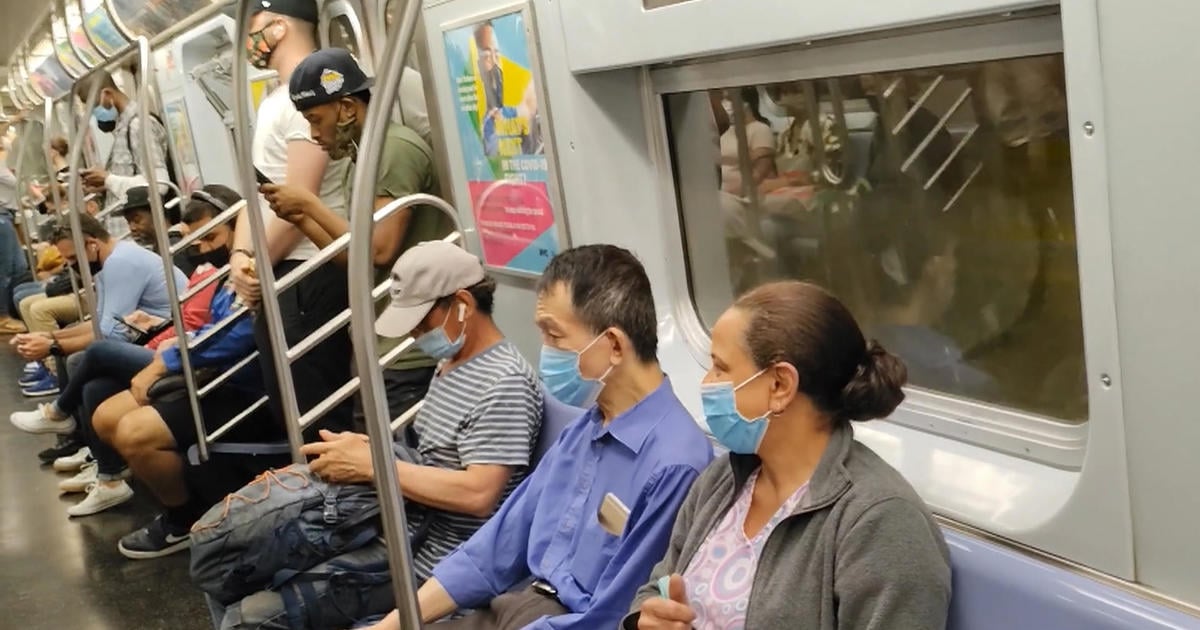In an interview for 60 Minutes, CBS News chief medical correspondent Dr. Jon LaPook posed that question to Linsey Marr, a Virginia Tech University professor specializing in aerosol science.
“They are very helpful in reducing the chances that the person will get COVID because it’s reducing the amount of virus that you would inhale from the air around you,” Marr said about masks.
No mask is 100% effective. An N95, for example, is named as such because it is at least 95 percent efficient at blocking airborne particles when used properly. But even if a mask has an 80% efficiency, Marr said, it still offers meaningful protection.
“That greatly reduces the chance that I’m going to become infected,” Marr said.
Marr said research shows that high-quality masks can block particles that are the same size as those carrying the coronavirus. Masks work, Marr explained, as a filter, not as a sieve. Virus particles must weave around the layers of fibers, and as they do so, they may crash into those fibers and become trapped.
Marr likened it to running through a forest of trees. Walk slowly, and the surrounding is easy to navigate. But being forced through a forest at a high speed increases the likelihood of running into a tree.
“Masks, even cloth masks, do something,” she said.
Not that I expect most people to believe it at this point…



Many think that it takes only 1 virus to catch the disease when, in reality, your body will easily deal with a small amount of unknown pathogens and does so many times a day.
Masks work because they reduce the overall viral load, so your immune system isn’t overwhelmed.
What also doesn’t help is how unintuitively percentages scale. A mask that is 90% effective doubles the viral load if compared to a mask with 95% effectiveness, even tho the difference is “only” 5%.
Influenza data shows that it takes about 1000 viral particles to infect a human. Assuming COVID 19 is similar, reducing viral load also significantly reduces severity of disease if you get it.
Do you know if the infection threshold is similar across different influenza strains or are some more infectious than others?
I do not. I’m sure it varies quite widely and it’s very presumptuous to assume coronavirus is similar but I think the general point is valid. You’d rather be exposed to 300 viral particles than 30,000 and masks absolutely have a reductive effect. One thing that has been mentioned that I hadn’t thought about is the concept that if you are exposed to a sub-infectious level of virus the immune system might still develop response/immunity and that it’s actually healthy to be exposed to sub-infectious level of viruses.
Not only that but those percentages are for a given particle size. They will both stop 100% of ping pong balls, for instance. As mentioned in yoher comments, the virus is usually in aerosol, microscopic droplets of varying size.